Crochet Terms Demystified: Ultimate Glossary Guide
Crochet is like a language all its own, with a slew of terms and abbreviations that might seem like hieroglyphics to a newbie.
If you’ve ever found yourself holding a crochet hook, ready to take on a new pattern, you’ve probably stumbled across instructions filled with abbreviations like “ch,” “sl st,” “dc” and so forth.
These shorthand terms are essential to communicating complex stitching instructions without turning a pattern into a novel.
Getting a handle on crochet terminology is your ticket to tackling any project with confidence. Whether you’re following a pattern to the letter or improvising your own creation, knowing the lingo will make the process smoother.
Each term is a building block in the language of crochet. For example, “ch” stands for chain, the foundation of most projects, and “dc” means double crochet, a common stitch that will be in your repertoire before you know it.
As you learn these terms, you’ll find that crochet patterns become less intimidating, opening up a world of possibilities from simple scarves to intricate doilies.
Each stitch, no matter how complex, starts with a basic loop and your hook. So, let’s get those loops in a row and start speaking crochet. With a bit of practice, you’ll be fluent in no time.
Table of Contents
Understanding Crochet Terms
When you’re diving into crochet, it’s essential to get familiar with the different terms you’ll encounter, especially as they can vary by region. This guide will help you navigate the language of crochet, from basic stitches to reading complex patterns.
US vs. UK Terminology
| US Term | UK Term |
|---|---|
| Single Crochet (sc) | Double Crochet (dc) |
| Half Double Crochet (hdc) | Half Treble Crochet (htr) |
| Double Crochet (dc) | Treble Crochet (tr) |
| Treble Crochet (tr) | Double Treble Crochet (dtr) |
| Slip Stitch (sl st) | Single Crochet (sc) |
Knowing the differences between US and UK crochet terms is crucial because they can lead to very different results even if they look similar.
Common Crochet Terms and Abbreviations
- ch: Chain
- st(s): Stitch(es)
- rep: Repeat
- yo: Yarn over
These are a few of the most common abbreviations you’ll see in patterns.
Basic Crochet Stitches
- Chain Stitch (ch): The foundation of most crochet projects.
- Single Crochet (sc): A basic stitch creating a tight, dense fabric.
- Double Crochet (dc): A taller stitch, allows for more drape.
These stitches are the starting point and building blocks for many designs.
Special and Advanced Stitches
- Popcorn Stitch: A textured bobble made by creating several dc’s into the same stitch and joining them.
- Puff Stitch: Similar to popcorn but made with half-closed stitches that are joined together.
These allow for textured patterns and are used by pattern designers to add visual interest.
Reading Patterns and Instructions
Understanding a written pattern is like learning a new language. Look for a stitch count at the end of a row or round, which can help you ensure accuracy. Crochet pattern writers often include a key to the technical instruction and abbreviations used.
Tips for Beginners
Start with free crochet patterns or video tutorials as they often include step-by-step guidance. A simple magic ring can be an easy way to begin working in the round, and remember, every pattern designer once was a beginner too!
Advanced Techniques and Tips
Advanced techniques like color changes, Tunisian crochet, or finishing techniques like an invisible join, may take time to master. Keep a hook size appropriate to your yarn weight, maintain even tension, and don’t be afraid to ask for help or look up a blog post specific to your query. Good luck!
Crochet Fundamentals
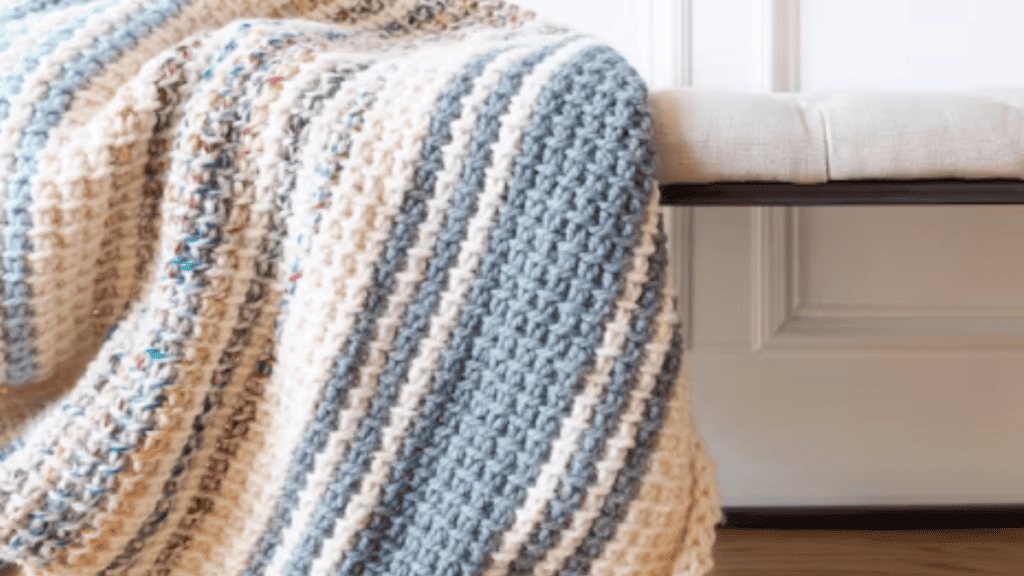
When taking on a crochet project, understanding the fundamentals, from what you need to get started to the finishing touches, is essential for creating beautiful, handcrafted pieces.
Getting Started
Before you begin, ensure you have the foundation chain, which is the starting point of almost all crochet projects.
The hook size affects the tightness of your stitches, so choose according to the yarn needle and the yarn weight you’ll be working with. Remember to use a stitch marker to indicate the beginning of the pattern or crucial points in your project.
Working the Stitches
To create a fabric, you’ll be working into either the front loop or back loop of the stitch. For each next stitch, insert the hook, yarn over, and pull through to continue the pattern.
Keep track of the number of stitches to maintain consistency. At the end of a row, you may need a turning chain to reach the height of the next row. Previous row work is essential to shape your fabric accurately.
Understanding Patterns
Crochet patterns can be written in US pattern or UK pattern terms, and it’s crucial to understand the main difference between these sets of terms.
Patterns list stitch names in alphabetical order for reference. Always begin at the beginning of the pattern, and follow each step conscientiously, checking off as you go.
Finishing Techniques
Once your project’s main body is complete, you’ll use finishing techniques to polish the final product.
Weave in loose ends with a yarn needle to secure them. Learn both the right side and wrong side of your work for a professional finish, and always remember to work on the back of the work when weaving in ends for a cleaner look.
The practice with these fundamentals will result in the rewarding craft of creating beautiful crochet pieces. Happy crocheting!
Diverse Crochet Practices
Crochet isn’t just one-size-fits-all; you’ll find unique styles and techniques worldwide, including the quirky art of amigurumi from Japan.
Crochet in Different Cultures
European Crochet: It’s all about intricate lace patterns. Take Irish crochet, renowned for its delicate beauty—you can spot these patterns in doilies and tablecloths.
- South American Techniques: Here, you’ll discover vibrant color work and textured stitches. Think warm, chunky alpaca wool scarves from Peru or Bolivia.
African Influence: Bold geometric patterns and color combinations dominate. Your Afghans might even be inspired by traditional African motifs.
Amigurumi and Specialty Patterns
- Amigurumi: These are the charming, often cute crocheted or knitted stuffed creatures that originated in Japan. Grab some fine yarn and a small hook, and you can create everything from animals to inanimate objects.
Specialty Patterns: Maybe you’ve seen hyperbolic planes used in coral reef projects, which tap into non-Euclidean geometry to mimic marine life. It’s a mindful nod to nature and mathematics.
Remember: The tighter your stitches in amigurumi, the better your creation will hold its shape. Use those specialty patterns to challenge yourself and add unique pieces to your collection.
Connecting with Crocheters
Crochet Forums and Social Media: For a sense of camaraderie, join crochet forums or follow crochet-related hashtags on social media. You’ll connect with crocheters from all over the world, share your latest crochet project progress, and ask for advice or provide tips of your own.
Local Crochet Groups: Check out local yarn shops or community centers to see if there’s a crochet group you can join. It’s a fantastic way to meet fellow enthusiasts, exchange patterns, and even learn from experienced crocheters in person.
Crochet Tools and Materials
When you’re getting ready to dive into crochet, you’ll need a few essential tools and materials to get started. Among these, your crochet hook is your best friend. Here’s a quick rundown of what you need:
- Crochet Hooks: Hooks come in various sizes which are labeled by letter, number, or millimeters. Your hook size determines how tight or loose your stitches will be. For example, a size H-8 (5mm) hook is a middle-of-the-road choice that works well with medium-weight yarn.Hook SizeUse CaseB-1 (2.25 mm)Delicate threads for intricate workH-8 (5 mm)Medium yarn for standard projectsP-15 (10 mm)Bulky yarn for quick, cozy creations
- Yarn: Yarn is categorized by weight, from superfine to super bulky. The weight of your yarn should match your hook size to keep your stitches even and your fabric consistent.Yarn WeightCorresponding Hook SizesLightE-4 to 7 (3.5mm to 4.5mm)MediumI-9 to K-10.5 (5.5mm to 6.5mm)BulkyL-11 to P-15 (8mm to 10mm)
- Stitch Markers: These little guys are a lifesaver when you need to mark a specific stitch or row end in your pattern. They help you keep track so you don’t lose your place.
- Yarn Needle: After you’ve finished crocheting, you’ll use a yarn needle to weave in those loose ends. This needle, also known as a tapestry needle, has a large eye to accommodate the thickness of your yarn.
As you crochet more, you’ll discover which tools and materials you prefer, but these basics will get you started on just about any project. Happy stitching!
Troubleshooting and Tips
When crocheting, it’s easy to lose track of stitch count. Always count stitches at the end of each row. If you’re off, backtrack to find where you missed or added a stitch.
A stitch marker is handy to mark the end or beginning of a round, especially when working in the round.
Sometimes you can’t tell the right side from the wrong side. Remember, the right side usually has a smoother, more textured look.
If you’re working in rows, the tail of the yarn at the start will be on the left if the right side is facing you. If it’s a round, the tail will be at the bottom. Make a note or use a stitch marker to denote the right side.
Spotting errors can be challenging. If stitches look uneven or there’s an odd bulge, it’s likely an error in the previous round or row. Go back and inspect your work stitch by stitch. Quick tip: Stretch your fabric gently to see if tensions or errors pop up.
Here’s a glance at what to keep an eye on:
- Count your stitches: Regularly count, especially after a complex pattern repeat.
- Mark the right side: Use a different color stitch marker to identify this side.
- Review your rounds: At the end of a round, inspect for uniformity.
- Fix mistakes quickly: The sooner you correct them, the fewer you’ll have to undo.
If you’re finding frequent errors, take breaks. Crocheting while tired often leads to mistakes. Keep your pattern close by and follow each step without rushing—speed comes with practice, not pressure. Happy crocheting!
Crochet Patterns
Advancing in crochet means expanding your skills and taking on new challenges. If you’re ready to move forward, there’s a whole world of resources awaiting you.
Amigurumi Crochet
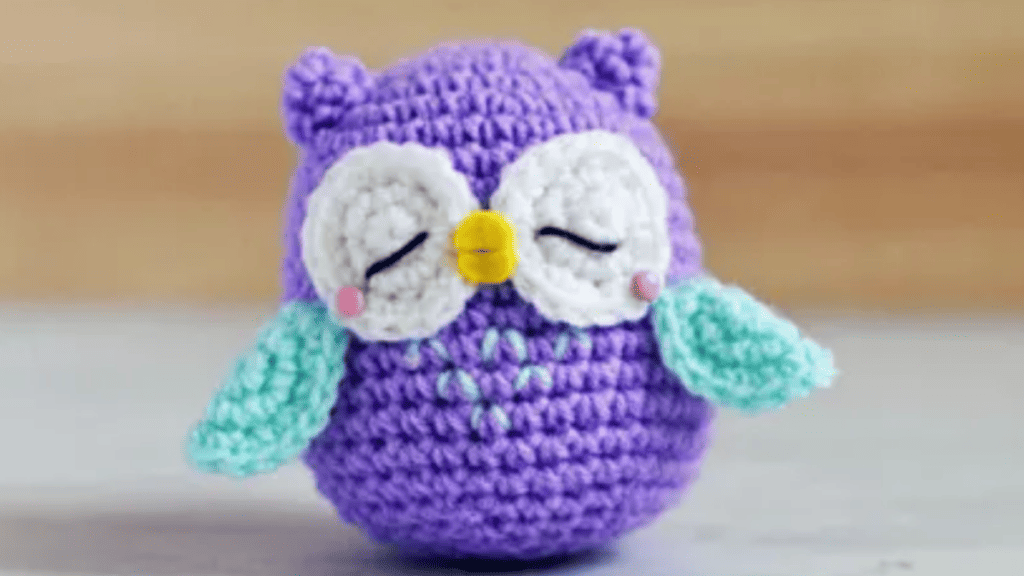
See Amigurumi Crochet Patterns
Explore Amigurumi: It’s time to get cute and crafty. Amigurumi is the Japanese art of knitting or crocheting small, stuffed yarn creatures. Start with simple patterns and as your confidence grows, you can tackle more intricate projects.
| Skill Level | Suggested Amigurumi Projects |
|---|---|
| Beginner | Simple spheres, miniature animals |
| Intermediate | Detailed characters, small dolls |
| Advanced | Complex figures with moveable parts |
Connect with Crochet Designers: Follow your favorite pattern designers on social media. They often share tips, offer advice, and provide inspiration. Instagram and Pinterest are fantastic platforms to see their latest creations.
- Look for Patterns: Increase your pattern library by seeking out both free and paid patterns from respected designers. Keep an eye out for styles that push your boundaries and teach you new techniques.
Remember, practice is essential. With every stitch, you’re not only creating something beautiful but also improving your skill. Grab your hook, choose your next project, and enjoy the journey of crochet.
Glossary
When you’re working with crochet patterns, you’ll come across various terms and abbreviations. Here’s a quick reference to help you keep track:
- Chain (ch): The starting point of your crochet project, creating a foundation.
- Slip Stitch (sl st): A method to join stitches together, or to move your yarn without adding height.
- Single Crochet (sc): A basic crochet stitch you’ll frequently use for many patterns.
- Double Crochet (dc): A taller stitch than the single crochet giving your work more texture.
Specific to the entities mentioned:
- Magic Loop (Magic Circle or Ring): A technique for starting a circular crochet project that allows you to pull the yarn tail to close the circle tightly. It’s great for creating hats, amigurumi, and more.
- Previous Round: It refers to the series of stitches that was completed just before the one you’re currently working on.
Among these, you’ll find other terms like:
| Abbreviation | Meaning |
|---|---|
| hdc | Half Double Crochet |
| tr | Treble Crochet |
| inc | Increase (add one or more stitches) |
| dec | Decrease (combine two or more stitches) |
Remember, different patterns may have specific variations or additional terms, so always check the pattern’s provided glossary or instructions.
Crochet Granny Square Patterns
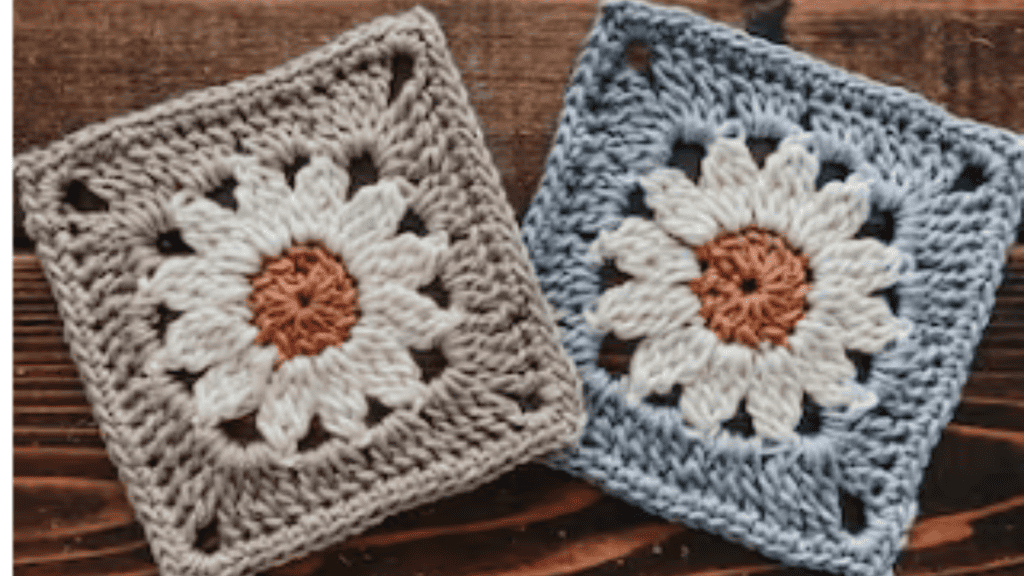
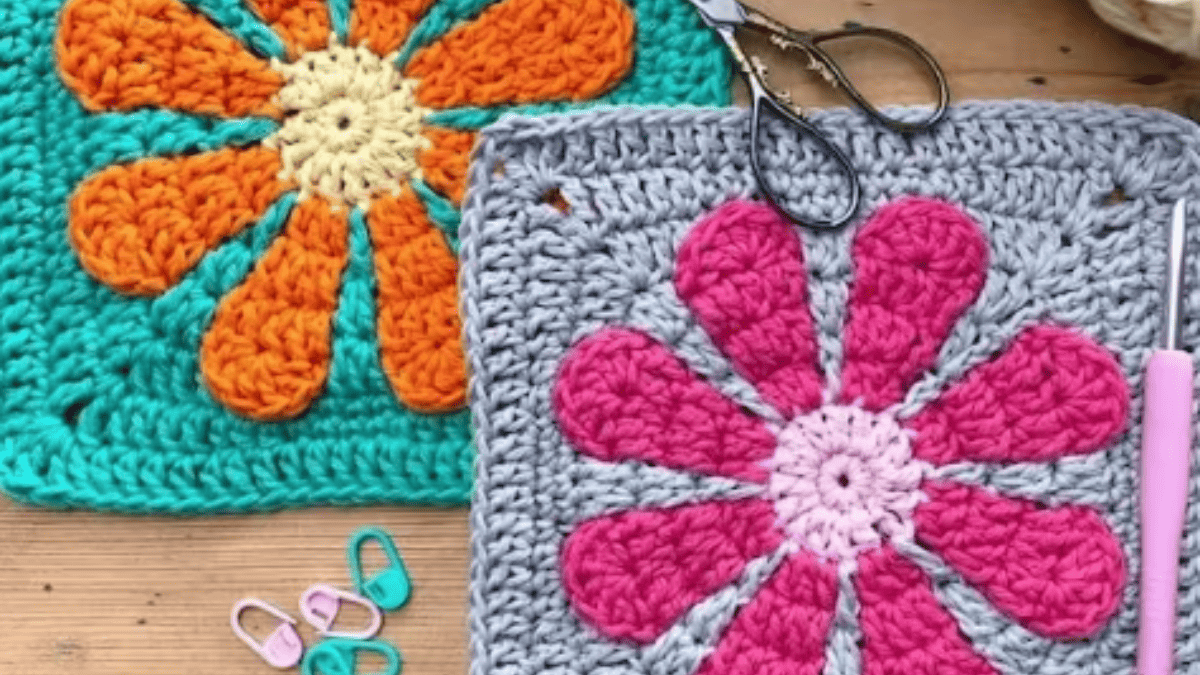

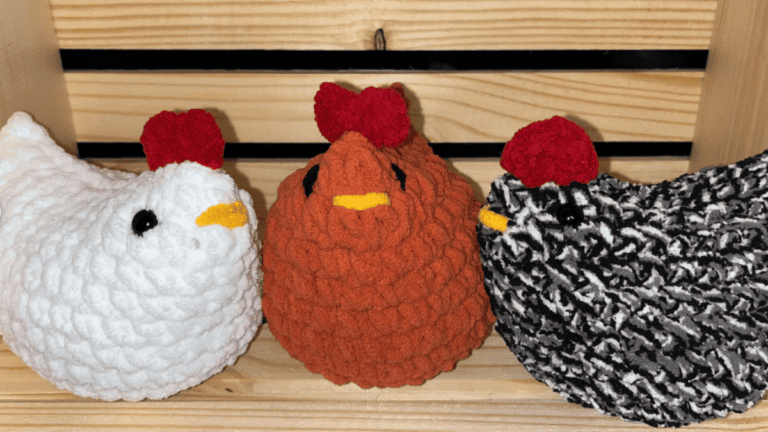
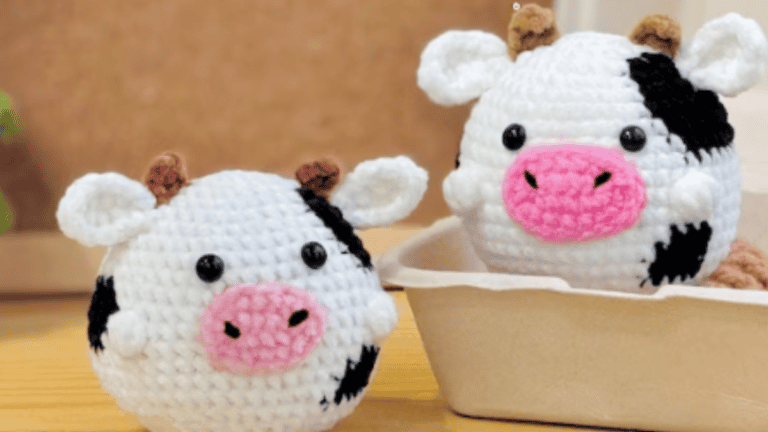
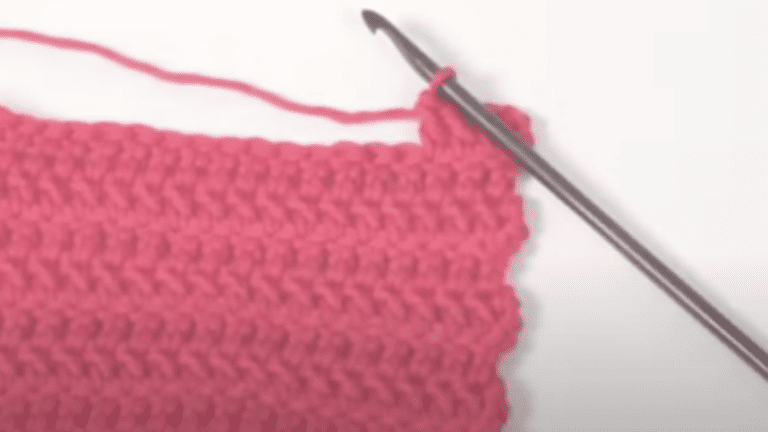
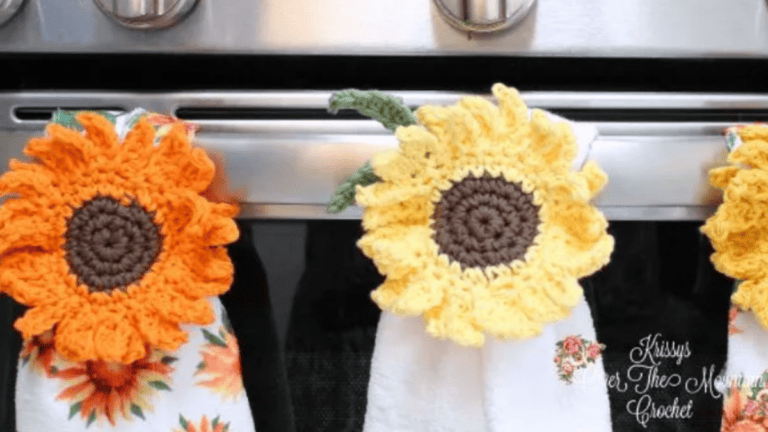
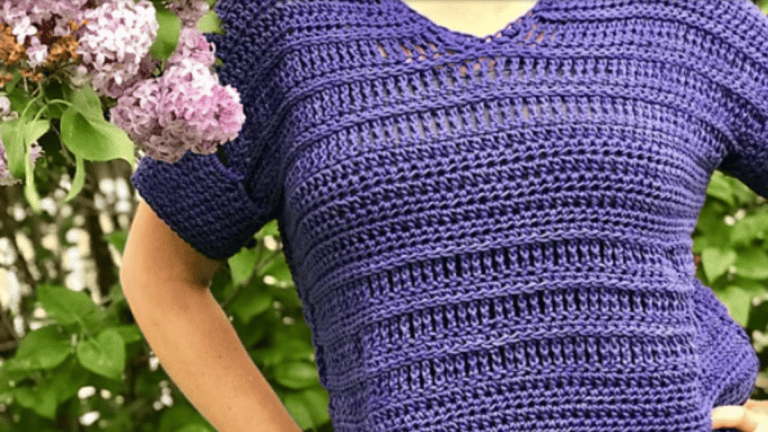
7 Comments